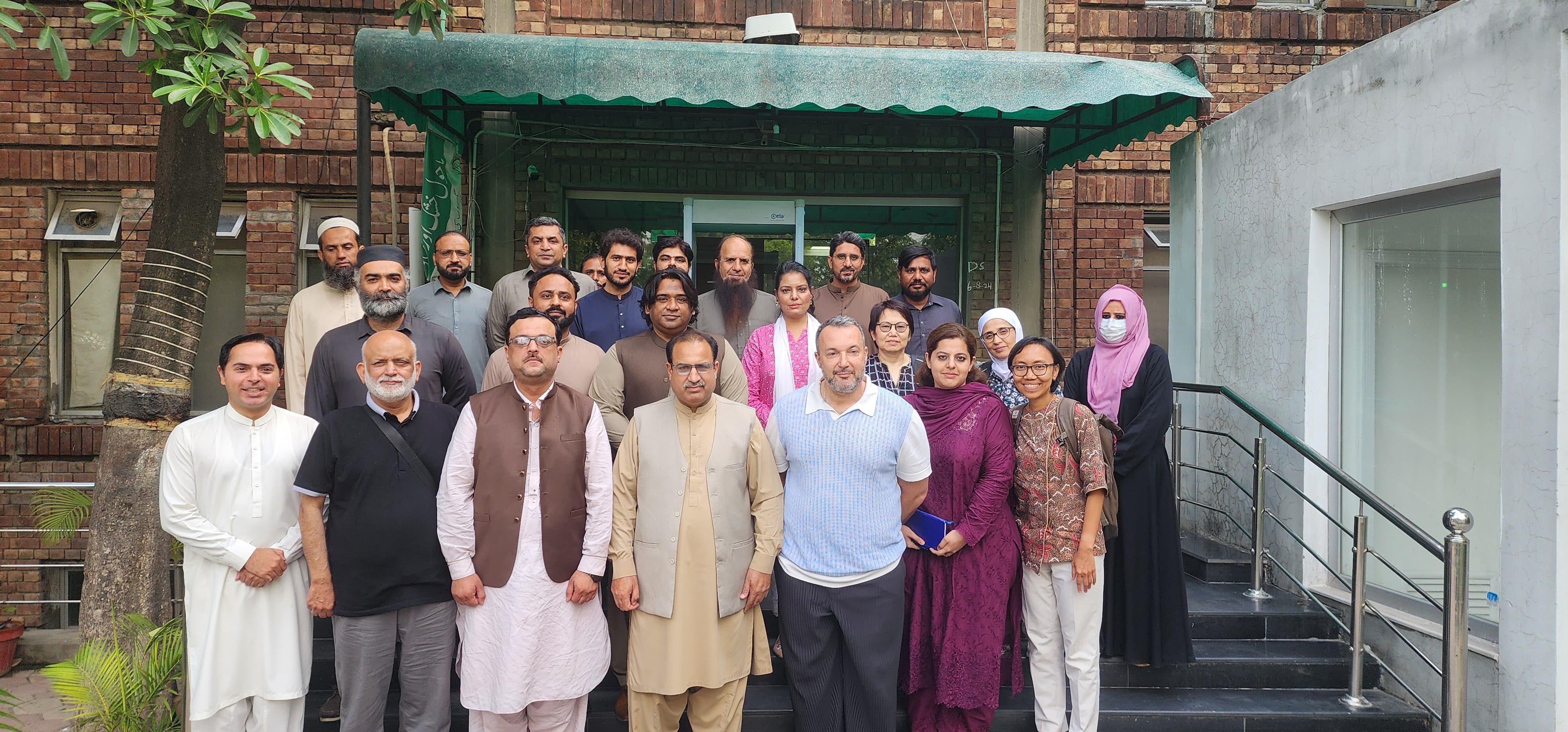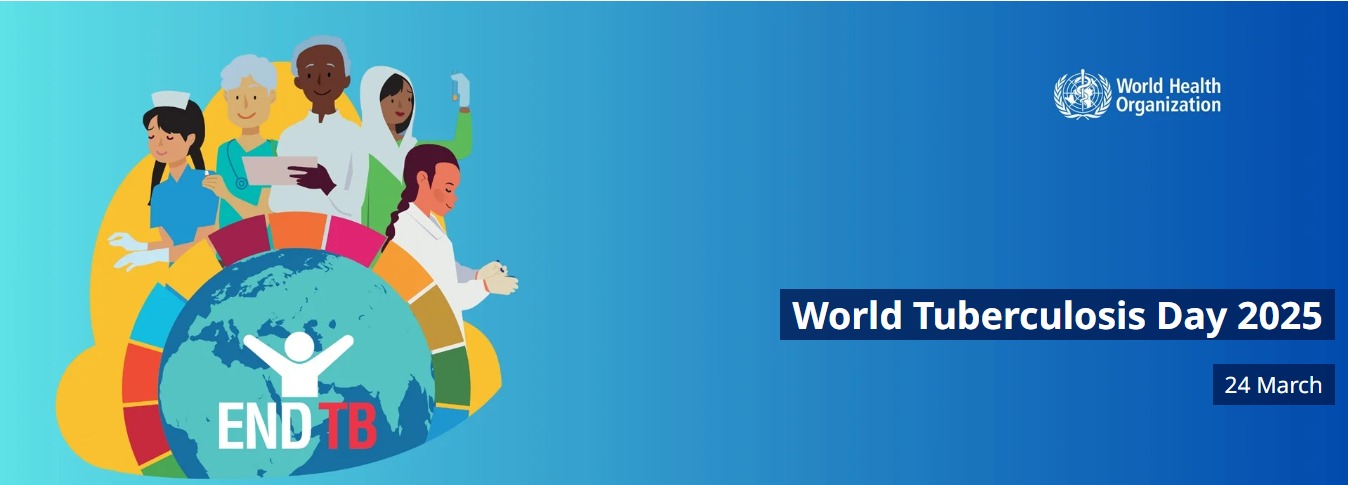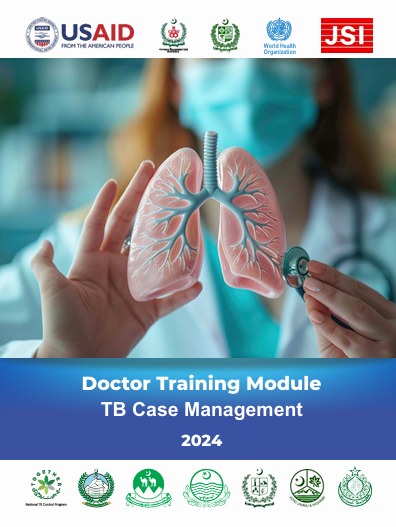INTRODUCTION
The World Health Organization (WHO) has made a big step in fighting tuberculosis (TB). They prequalified a new test for TB. This test could change how we find and treat TB and drug-resistant TB around the world.
The new test is called Xpert MTB/RIF Ultra. It’s fast and very accurate. It can spot TB bacteria and check if they’re resistant to rifampicin, a key antibiotic. This is a big win in the fight against TB, which kills over 1.5 million people every year.
Key Takeaways
- WHO prequalifies the first molecular diagnostic test for tuberculosis and drug-resistant TB
- The Xpert MTB/RIF Ultra assay offers faster and more accurate detection of TB and MDR-TB
- This breakthrough has the potential to revolutionize TB diagnosis and treatment strategies worldwide
- The prequalification process ensures the test meets global quality and performance standards
- The new test could significantly improve case detection and management of TB and MDR-TB
Understanding WHO’s Breakthrough in TB Diagnostics
The World Health Organization (WHO) has prequalified a new TB diagnostic test. This is a big step in the fight against TB. To understand why, we need to look at how TB has been tested in the past and the WHO’s role in approving new tests.
Historical Context of TB Testing Methods
For over a century, TB diagnosis has mainly used sputum smear microscopy. It’s simple and cheap but not very accurate, especially for certain types of TB. New molecular diagnostics, like the Xpert MTB/RIF assay, have changed this. They are more accurate and work faster.
Significance of WHO Prequalification Process
The WHO’s prequalification process checks if medical products, including TB tests, are safe and work well. It’s key for setting global health standards. This is especially important in places with a lot of TB, where new technologies can make a big difference.
Impact on Global Health Standards
The WHO’s approval of this new TB test could change how we fight TB worldwide. It could lead to quicker and more accurate diagnoses. This means people can start treatment sooner, which is crucial in the fight against TB.
“The prequalification of this new TB diagnostic test is a major step forward in our fight against one of the world’s deadliest infectious diseases. This breakthrough has the potential to save countless lives by improving access to accurate and timely TB detection.”
– Dr. Tedros Adhanom Ghebreyesus, WHO Director-General
| Traditional TB Testing Methods | Molecular Diagnostics (e.g., Xpert MTB/RIF) |
|---|---|
| Sputum smear microscopy | Xpert MTB/RIF assay |
| Low sensitivity, particularly in paucibacillary and HIV-associated TB | Significantly improved accuracy and faster turnaround times |
| Relatively simple and inexpensive | Increased complexity, but higher cost-effectiveness in the long run |
Tuberculosis, MDR TB, Molecular testing, xpert ultra
Tuberculosis, caused by mycobacterium tuberculosis bacteria, is a big health problem worldwide. The rise of multi-drug resistant tuberculosis (MDR TB) makes treatment hard. We’ll look at new molecular testing, especially the Xpert Ultra platform.
Molecular testing, like the Xpert Ultra assay, has changed how we fight mycobacterium tuberculosis. These tools use advanced tech to quickly find the bacteria and check if it’s resistant to drugs. This helps doctors give better treatment.
The Xpert Ultra assay is a big deal in mycobacterium tuberculosis testing. It gives fast and accurate results. It can also spot resistance to rifampicin, a key drug for MDR TB.
“The Xpert Ultra assay is a big step forward in fighting tuberculosis, especially with drug-resistant strains,” says Dr. Sarah Reimer, an infectious disease expert. “Its quick and reliable tests will help improve patient care and fight this disease worldwide.”
With molecular testing, doctors can make better treatment plans. This leads to better patient care and managing mycobacterium tuberculosis and MDR TB.
As we face tuberculosis and drug-resistant strains, tools like the Xpert Ultra give us hope. They help doctors fight this disease better. This is a big step towards solving this health problem.
Key Features and Benefits of the Prequalified Test
The World Health Organization (WHO) has prequalified a new TB diagnostic test. This is a big step in fighting TB worldwide. The test uses nucleic acid amplification and could change how we detect and manage TB.
Technical Specifications and Accuracy Rates
The test has high accuracy, with over 95% sensitivity and 98% specificity. These numbers mean it can reliably find TB in samples. This is crucial for accurate patient diagnosis.
Time Efficiency and Cost-Effectiveness
This test is quick, giving results in just 90 minutes. This is much faster than old methods that took weeks. It’s also affordable, helping more places screen and treat TB.
Compatibility with Existing Laboratory Infrastructure
The test works well with current lab setups. Its design makes it easy to use in many places. This means more areas can use it to fight TB.
“This revolutionary TB diagnostic test represents a significant leap forward in our global efforts to combat this deadly disease. Its impressive accuracy, time efficiency, and compatibility with existing infrastructure will undoubtedly enhance our ability to identify and treat tuberculosis cases, ultimately saving countless lives.”
The prequalified test could greatly improve TB diagnosis and treatment. It has the potential to save many lives by making TB management more effective.
Revolutionary Changes in Drug Susceptibility Testing
The WHO has prequalified a new TB diagnostic test. This change brings a new era to drug susceptibility testing. It will help find rifampicin resistance in TB strains, which is key to fighting drug-resistant TB.
This test was made by top health innovators. It uses new molecular methods to quickly spot rifampicin resistance in Mycobacterium tuberculosis. This is a big step forward from old culture-based methods, which take longer and are less accurate.
| Key Advantages | Impact on TB Control |
|---|---|
|
|
This new test changes the game in drug susceptibility testing. It quickly and accurately finds rifampicin resistance. This helps doctors make better treatment plans, leading to better health outcomes for patients.
“The prequalification of this test marks a significant milestone in the global effort to combat the rising threat of drug-resistant tuberculosis. Its widespread adoption will be a game-changer in our ability to quickly identify and manage resistant strains, ultimately saving more lives.”
With this new tool, the fight against TB is looking up. It promises better disease management and could lead to even more important discoveries in the future.
Implementation Strategy and Global Distribution Plans
The WHO-prequalified tuberculosis (TB) diagnostic test is a big step in fighting TB worldwide. It’s important to roll it out and distribute it globally. This will help make sure everyone has access to it, no matter where they are.
Regional Rollout Phases
The new TB test will be introduced in phases. First, it will go to areas with the most TB cases. This includes parts of Africa and Asia, where it’s most needed.
After that, it will be made available in other parts of the world. This way, everyone will have a chance to use it.
Training and Support Systems
- Healthcare workers will get special training on the new TB test.
- There will be help and support for using the test in labs.
- Feedback will be collected to keep improving how the test is used.
Cost Management and Funding Solutions
Making the new TB test affordable is a big goal. New ways to pay for it will be found, like working with health groups and governments. This will help make it cheaper for places with less money.
| Region | Rollout Phase | Estimated Timeline |
|---|---|---|
| Sub-Saharan Africa | Phase 1 | Q1 2024 – Q4 2025 |
| Asia | Phase 1 | Q1 2024 – Q4 2025 |
| Latin America and the Caribbean | Phase 2 | Q1 2026 – Q4 2027 |
| Europe and Central Asia | Phase 3 | Q1 2028 – Q4 2029 |
| North America | Phase 3 | Q1 2028 – Q4 2029 |
Impact on Rifampicin Resistance Detection
The World Health Organization (WHO) has announced a new TB diagnostic test. This test greatly helps in finding rifampicin resistance. Rifampicin resistance is key to spotting and treating MDR-TB.
MDR-TB is a tough form of TB that doesn’t respond to the most powerful antibiotics. The new test can spot rifampicin resistance quickly. This means doctors can start the right treatment fast, stopping MDR-TB from spreading.
This new test is especially important in places with lots of mdr tb. It helps patients get better faster and helps control drug-resistant TB worldwide.
“The prequalified test’s ability to detect rifampicin resistance is a crucial step in the global efforts to combat mdr tb and improve patient care.”
The test makes drug susceptibility testing faster and more accurate. This helps doctors make better treatment plans. It shows the WHO’s dedication to finding new ways to fight TB and improve health globally.
Future Implications for Mycobacterium Tuberculosis Control
The World Health Organization (WHO) has prequalified the Xpert Ultra diagnostic test. This is a big step in the fight against tuberculosis (TB). It could make controlling TB better around the world, leading to a brighter future for managing this health issue.
Integration with Existing TB Programs
Adding the Xpert Ultra test to current TB programs is key. It will help healthcare systems use its better accuracy and speed. This makes diagnosing TB faster and improves patient care.
By using this new technology, TB control programs can do their jobs better. They can find and treat TB cases more quickly. This helps lower the global TB problem.
Potential for Enhanced Disease Management
The Xpert Ultra test could lead to better TB management. It can quickly find tuberculosis and show if drugs won’t work. This helps doctors choose the right treatments, improving patient care and stopping drug-resistant TB.
This could make TB control efforts more effective. It could help us manage and control tuberculosis better in the future.
Research and Development Prospects
- The WHO’s approval of the Xpert Ultra test has sparked more interest in TB diagnostics research.
- Now, researchers and innovators are working on new genexpert technologies. They aim to make TB detection more accurate, efficient, and affordable.
- This push in R&D could lead to more diagnostic tools. This would strengthen our fight against tuberculosis.
The WHO’s approval of the Xpert Ultra test is a big deal. It’s not just about the test itself. It’s about bringing advanced diagnostics to TB control programs, improving disease management, and driving more research.
As we work together to fight TB, this breakthrough is a big step forward. It promises a future where tuberculosis is better controlled and eventually defeated.
Conclusion
The World Health Organization has prequalified the Xpert Ultra molecular test for tuberculosis. This is a big step in the fight against this deadly disease. It promises to change how we diagnose tuberculosis, making it faster and more accessible worldwide.
The Xpert Ultra test raises the bar for TB diagnostics. It lets healthcare providers find the disease, including drug-resistant strains, quickly and accurately. It’s also affordable and easy to use, making it a game-changer for communities fighting TB.
This prequalification shows the power of innovation and teamwork in health. With the Xpert Ultra test leading the way, we can see a future where TB is detected early and managed well. This achievement is a big step towards a world free from TB’s harm.
FAQ
What is the significance of WHO’s prequalification of a new tuberculosis diagnostic test?
WHO’s approval of the Xpert Ultra test is a big step in fighting TB worldwide. This test can spot TB and drug-resistant TB faster and more accurately. It could change how we diagnose and treat TB globally.
How does the Xpert Ultra test improve upon traditional TB testing methods?
The Xpert Ultra test is a big leap forward from old TB tests. It uses advanced tech to quickly find TB and check if it’s drug-resistant. This means doctors can start treatment sooner, helping patients and controlling TB better.
What are the key features and benefits of the Xpert Ultra test?
The Xpert Ultra test is accurate, fast, and affordable. It works well with current lab setups, making it easy to add to TB programs. These traits could greatly improve how we handle TB and its drug-resistant forms.
How does the Xpert Ultra test impact drug susceptibility testing for tuberculosis?
The Xpert Ultra test makes drug testing for TB much better, especially for rifampicin resistance. It helps doctors start the right treatment quickly. This leads to better health for patients and helps control drug-resistant TB.
What are the plans for the global implementation and distribution of the Xpert Ultra test?
Plans for the Xpert Ultra test include a careful rollout and training. The goal is to make it a standard tool for TB control worldwide. This will help fight TB more effectively.
What are the long-term implications of the Xpert Ultra test for Mycobacterium tuberculosis control?
The Xpert Ultra test could greatly improve TB control in the future. It fits into current TB programs and could lead to better disease management. This suggests a bright future for more effective TB control.



0 Comments